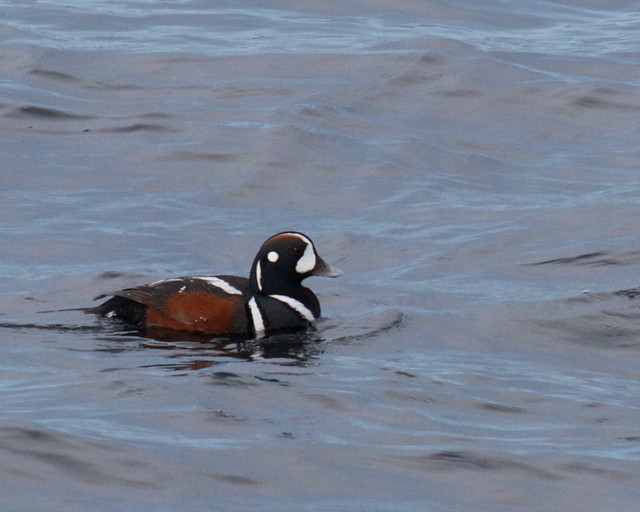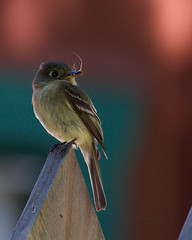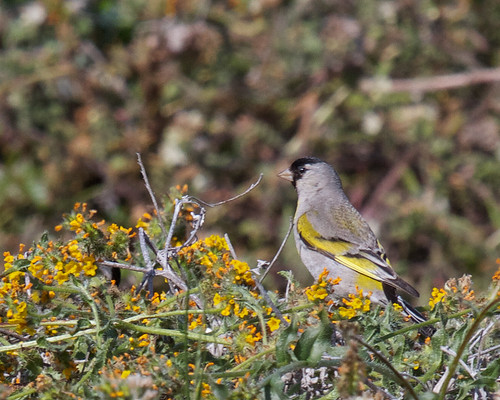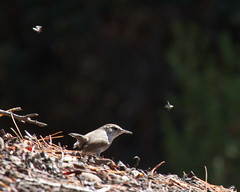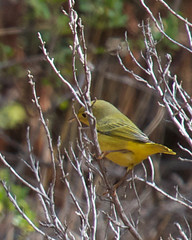So far 2014 has been a good year for me in birding and shooting birds at Point Lobos. I have spotted four new species for me and been able to photo a number of rare visitors. You can see some of these on the birds page.
The primary reason for this success is persistence. There is a strong correlation to the number of bird species I spot in the Reserve to the number of hours I spend in the Reserve, go figure.
The good fortunes started in February when I arrived at the Reserve early and spotted two male Harlequin Ducks at Weston Beach. I had seen a female Harlequin in the past, but the males were definitely a treat.
And then the other day, I spotted a young male Summer Tanager, a new bird for me. Of course I didn’t have my camera with me and attempts to shoot it with my iPhone were less than successful (15 shots and only 1 with the bird in it). So I hoofed it back to the truck, then returned hoping that the bird hadn’t moved on.
The bird was still there, but stayed down in the brush. Finally after about 20 minutes of walking back and forth to spot it, it flew up on to a branch in plain view. Persistence is a good thing.

